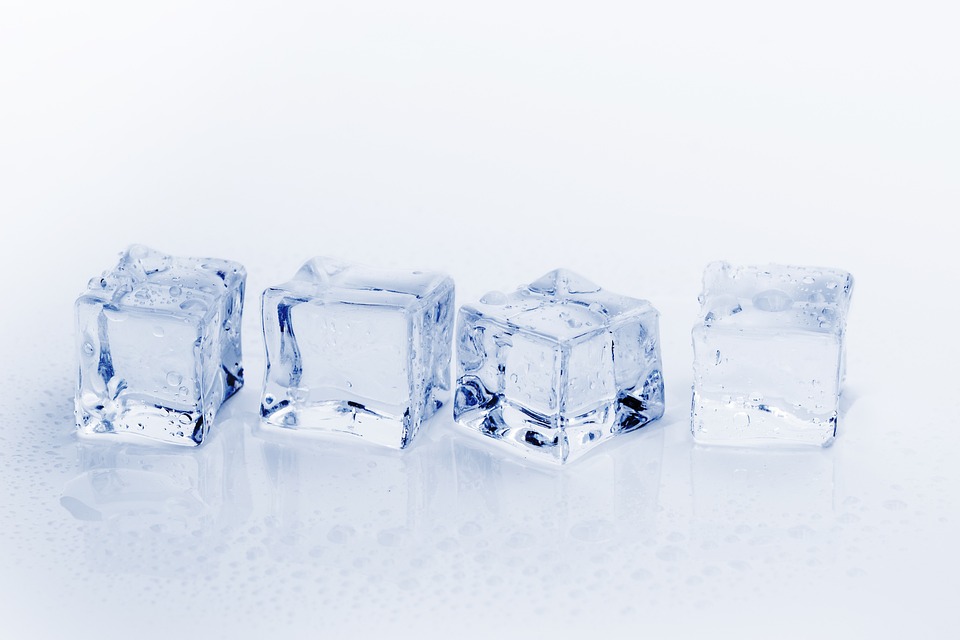The Importance of Ice-breaking Capabilities for Arctic Navigation
The Arctic region is home to some of the harshest environmental conditions on Earth, with extreme cold temperatures and thick sea ice making navigation challenging for vessels. In order to safely and efficiently traverse these icy waters, ships need to have strong ice-breaking capabilities. These specialized vessels are designed to break through thick ice flows, creating a path for other ships to follow. This article will explore the importance of ice-breaking capabilities for Arctic navigation and the role they play in opening up new shipping routes and opportunities in the region.
Challenges of Arctic Navigation
Arctic navigation presents a number of unique challenges to ships, including the presence of thick sea ice that can block traditional shipping routes. In the past, these icy conditions made it difficult for vessels to navigate the region, limiting trade and economic development in the Arctic. However, with the advent of ice-breaking technology, ships are now able to safely travel through these frozen waters, opening up new opportunities for trade and commerce.
One of the main challenges of Arctic navigation is the presence of multi-year ice, which can be several meters thick and difficult to break through. Without ice-breaking capabilities, ships risk becoming trapped in the ice, endangering crew members and requiring costly rescue operations. Ice-breaking vessels are able to break through these thick ice flows, creating a path for other ships to follow and ensuring safe passage through the Arctic waters.
Benefits of Ice-breaking Capabilities
The development of ice-breaking capabilities has had a number of benefits for Arctic navigation, including opening up new shipping routes and opportunities for trade. By breaking through thick ice flows, ice-breaking vessels are able to create pathways for other ships to follow, allowing for the transportation of goods and resources through the Arctic region. This has led to increased trade and economic development in the region, as companies are now able to access previously inaccessible markets and resources.
In addition to opening up new shipping routes, ice-breaking capabilities also play a role in ensuring the safety of vessels navigating the Arctic waters. By breaking through thick ice flows, ice-breaking vessels reduce the risk of ships becoming trapped or damaged by ice, protecting both crew members and cargo. This has helped to make Arctic navigation safer and more reliable, leading to an increase in shipping activity in the region.
The Role of Ice-breaking Vessels
Ice-breaking vessels play a crucial role in Arctic navigation, with their ability to break through thick ice flows and create pathways for other ships to follow. These specialized vessels are equipped with reinforced hulls and powerful engines that allow them to navigate through icy waters, breaking up ice flows as they go. Ice-breaking vessels are also equipped with advanced navigation systems that allow them to navigate through frozen waters safely and efficiently.
Ice-breaking vessels come in a variety of shapes and sizes, from small icebreakers used for escorting ships through ice-infested waters to large icebreakers capable of breaking through several meters of ice. These vessels are often used in tandem with other ships to ensure safe passage through the Arctic waters, with ice-breaking vessels leading the way and clearing a path for other ships to follow. This coordinated effort helps to ensure the safety of vessels navigating the Arctic region and reduces the risk of accidents or damage caused by ice.
Conclusion
In conclusion, ice-breaking capabilities play a vital role in Arctic navigation, allowing ships to safely and efficiently traverse icy waters. By breaking through thick ice flows, ice-breaking vessels create pathways for other ships to follow, opening up new shipping routes and opportunities for trade. The development of ice-breaking technology has helped to make Arctic navigation safer and more reliable, leading to increased shipping activity in the region. As the Arctic continues to become more accessible due to melting sea ice, the importance of ice-breaking capabilities will only continue to grow, making them an essential tool for navigating the icy waters of the Arctic region.
